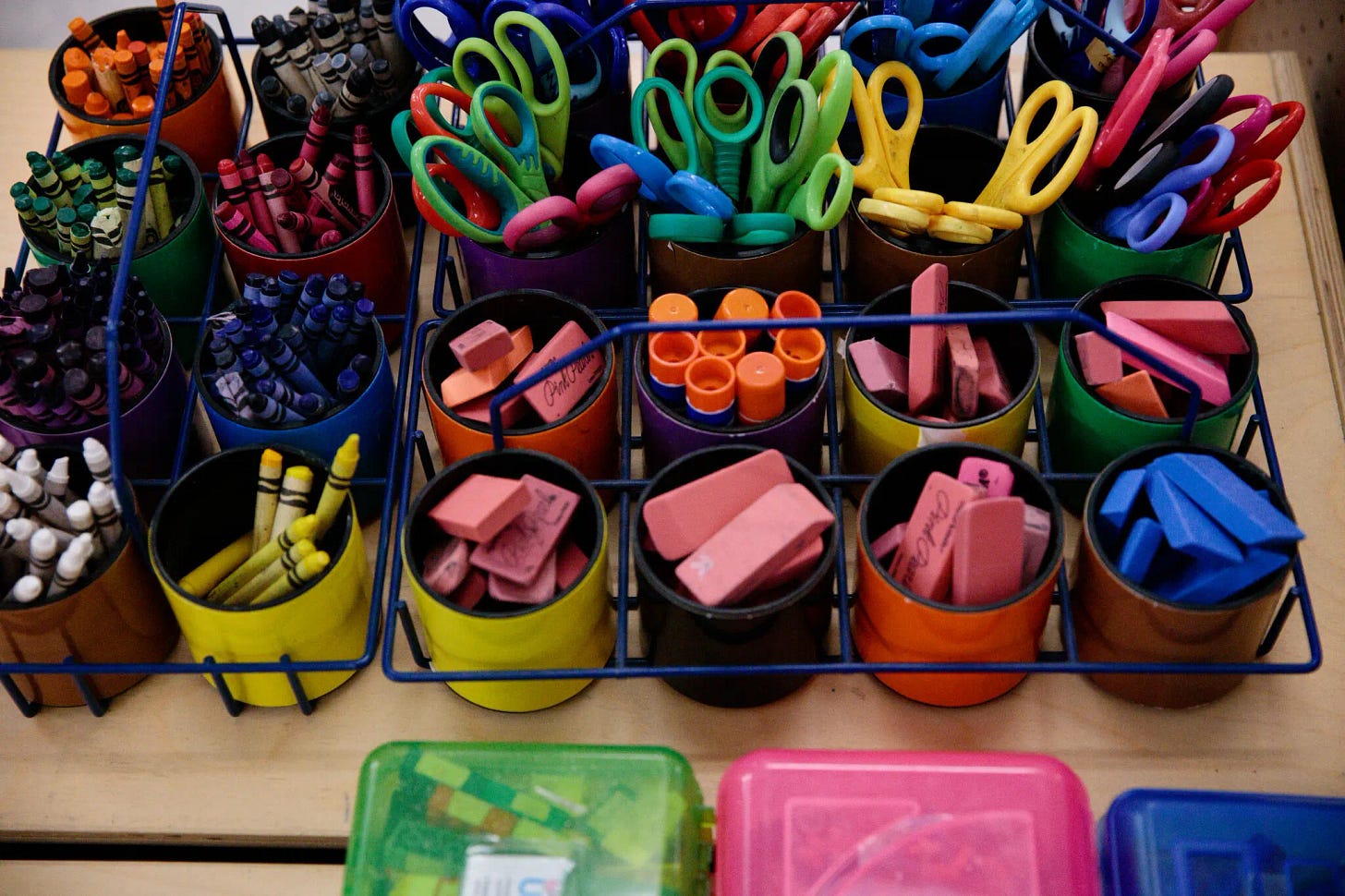Defense Department schools. Money, integration, wrap around services and high teacher pay might be the secret sauce.
A New York Times story on the success of Defense Department schools caught my attention the other day.
“The best U.S. schools,” said the Times.
Measured by the same metrics most public schools are measured by, the Times may be right.
Not surprisingly, since the schools are run by the military, they are operated in a highly centralized manner.
Such strict structure is something Cicely Abron, an eighth-grade math teacher, rarely experienced in nearly 20 years in public education.
At Faith Middle School, she cannot supplement curriculum and must work off an approved list.
But I’m not convinced that the centralized military structure is the secret sauce for what might be considered the success of Defense Department’s schools.
In 1948 President Harry Truman integrated the Armed Services.
In the years that followed, the military established integrated schools, primarily in the South, at a time when local public schools remained segregated.
Most of America’s public schools remain highly racially and economically segregated.
What else?
Teachers are highly paid, schools and classroom are racially and economically diverse - the kids of junior soldiers attend classes alongside the children of lieutenant colonels.
Teachers are highly paid compared to those teaching in the public schools.
“I doubled my income,” said Heather Ryan, a White Elementary teacher. Starting her career in Florida, she said she made $31,900; after transferring to the military, she earned $65,000. With more years of experience, she now pulls in $88,000.
Competitive salaries — scaled to education and experience levels — help retain teachers at a time when many are leaving the profession. At White Elementary, teachers typically have 10 to 15 years of experience, Ms. Thorne said.
And the Defense Department provides wrap-around services.
Members of the military have access to housing and health care and at least one parent has a job.
Do I want our public schools to look like the highly centralized schools that the Defense Department runs.
Nope.
There really is no evidence that a national school system with a centralized curriculum that echoes a military structure would make for more successful student learning.
But there’s plenty of evidence that, highly paid teachers, fully supplied classrooms, racial and economic integration and wrap around services make for a secret sauce of school success.




